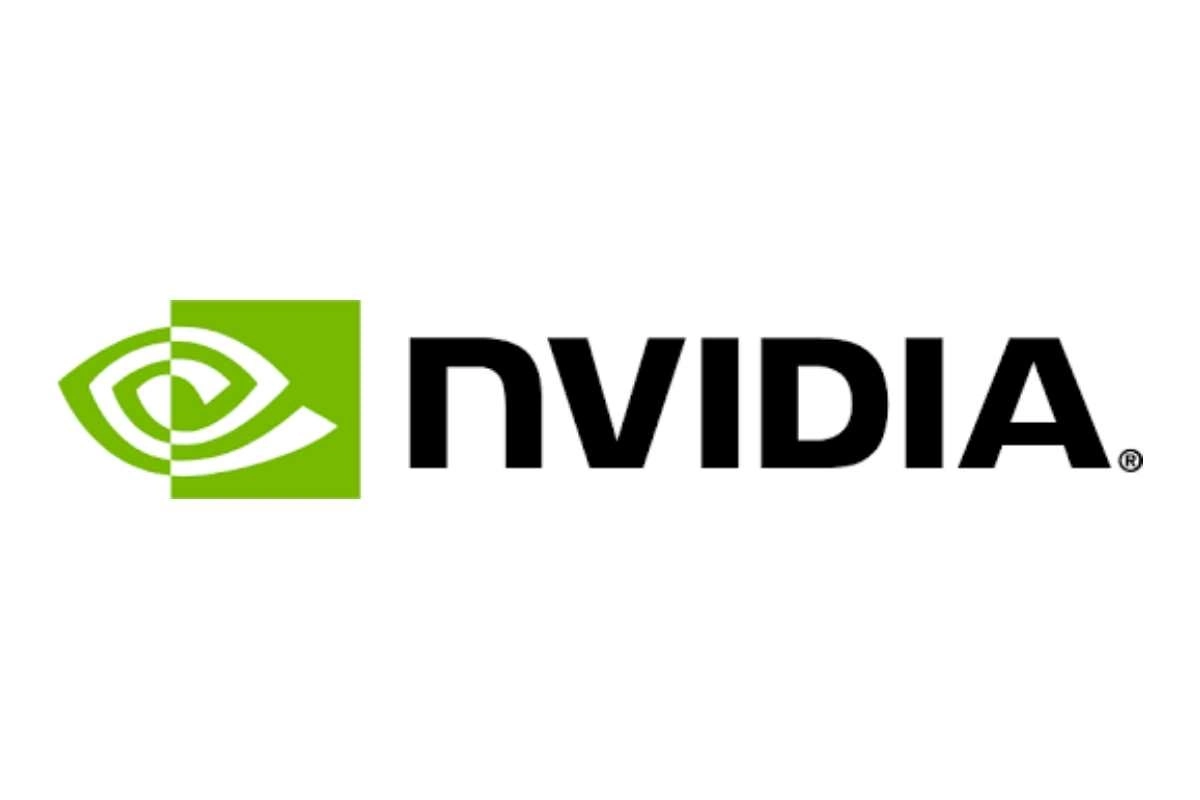NVIDIA announced their plans to fully transition to the open-source GPU kernel modules with the upcoming NVIDIA 560 graphics driver for Linux-based operating systems.
It’s been two years since NVIDIA released the first Linux graphics driver with open-source GPU kernel modules, which will eventually replace the proprietary, closed-source driver when these mature.
During this time, the NVIDIA Open Kernel Modules received new features like HMM (Heterogeneous Memory Management) support, confidential computing, coherent memory architectures of NVIDIA’s Grace platforms, and others, making it ready for the masses.
However, NVIDIA says that not all NVIDIA GPUs are compatible with the open-source GPU kernel modules. For now, they are known to work on the NVIDIA Turing, Ampere, Ada Lovelace, and Hopper architectures.
The Maxwell, Pascal, and Volta architectures are not yet compatible with the open-source GPU kernel modules, NVIDIA recommends using the NVIDIA proprietary driver. On the other hand, cutting-edge platforms like NVIDIA Grace Hopper and NVIDIA Blackwell can only be used with the open-source GPU kernel modules.
“Two years on, we’ve achieved equivalent or better application performance with our open-source GPU kernel modules and added substantial new capabilities,” said NVIDIA. “We’re now at a point where transitioning fully to the open-source GPU kernel modules is the right move, and we’re making that change in the upcoming R560 driver release.”
NVIDIA recently released the NVIDIA 555 graphics driver series with explicit GPU sync support, a major milestone that would finally allow for a smooth Wayland desktop experience on NVIDIA GPUs. With the upcoming NVIDIA 560 graphics driver, Linux users will finally be able to enjoy an Open Source NVIDIA graphics experience.
Image credits: NVIDIA Corporation
Last updated 10 seconds ago
